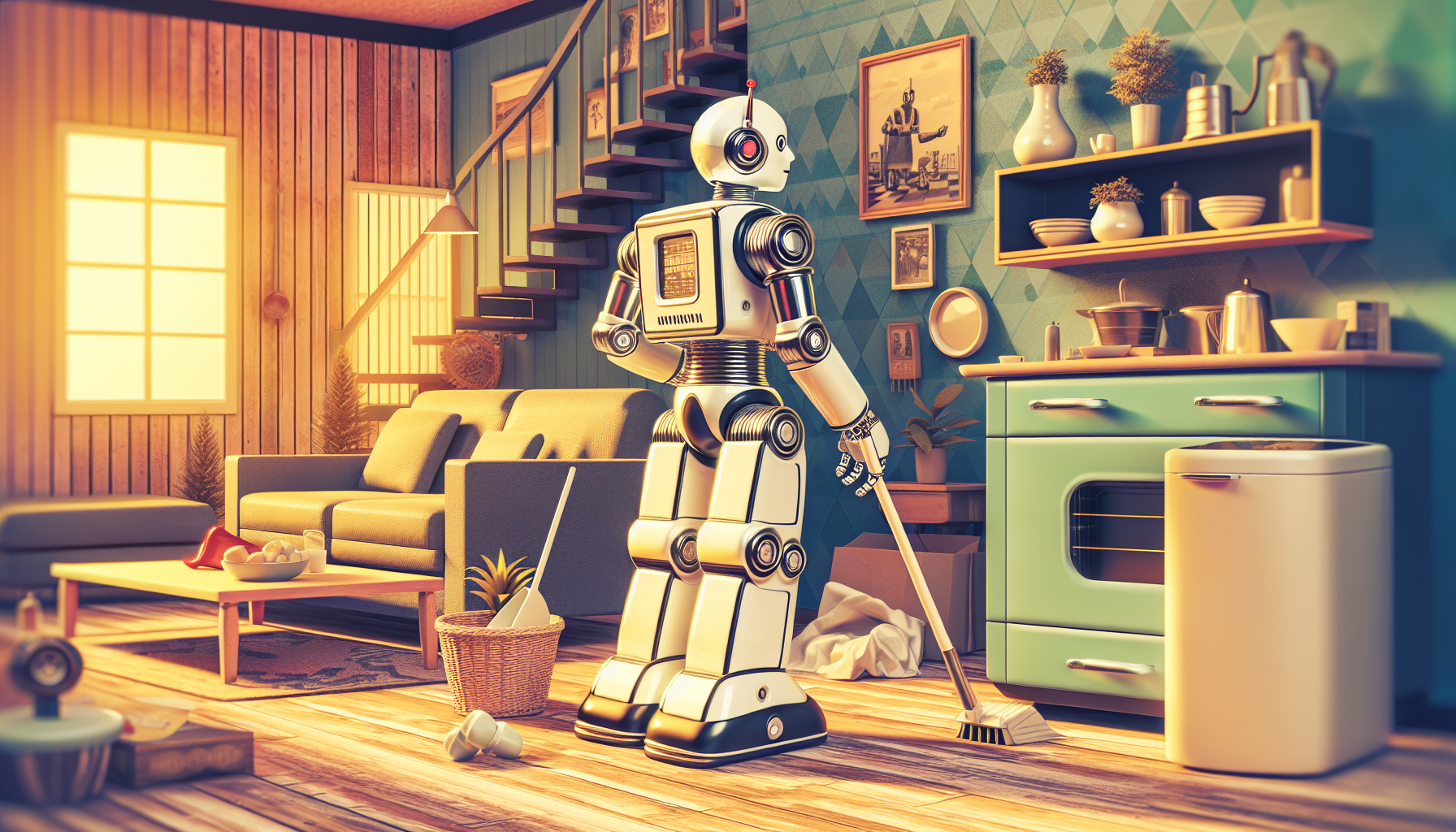In recent years, the world of robotics has been transformed by rapid advancements in artificial intelligence. Among these breakthroughs, humanoid robots are stepping into a new era—one where they can navigate and work in our homes with an autonomy once only imagined.
The Emergence of NEO: A New Kind of Robot
One of the most significant achievements in this field comes from 1X Technologies, a Norwegian startup that has introduced the NEO humanoid robot. At the core of NEO is a proprietary AI model called Redwood AI. This technology empowers NEO to handle a variety of household tasks, from folding laundry to opening doors, and even moving gracefully through rooms. NEO’s abilities mark a momentous step forward—robots are no longer limited to static movements or simple commands, but can truly assist in domestic life.
Unified Movement and Intelligence
Redwood AI sets NEO apart by merging movement and object handling into one seamless system. This means the robot can smoothly perform complex actions—leaning, bracing itself, or shifting its weight for stability. Such skills are vital for mastering tasks in the unpredictable environments found in most homes.
Another key innovation is Redwood AI’s complete reliance on NEO’s built-in computing hardware. Everything is processed on the robot itself, so it does not depend on the cloud. This makes NEO faster to react, more dependable, and, importantly, provides privacy and security for its users.
A Robot that Senses and Adapts
NEO’s intelligence goes beyond processing information. Its AI fuses inputs from multiple senses—sight, touch, and an awareness of its own body (a sense known as proprioception). This ability to combine sensory data gives NEO an intuitive understanding of its environment. As a result, the robot can adapt to new objects or situations, retry tasks if something goes wrong, and move efficiently through its workspace.
Learning to Work Like Us
1X Technologies has continued to refine this technology with the NEO Gamma model. By combining human motion capture data and powerful learning algorithms, NEO Gamma learns to move with fluidity and purpose, closely mirroring human actions. It can recognize and interact with household items—even those it’s never encountered before. This allows NEO Gamma to perform chores around the house with little direct oversight.
Beyond the Home: Into Industry
The impact of AI-powered humanoid robots like NEO is not confined to domestic spaces. In industries such as automotive manufacturing, these robots are changing how work is done. Advanced AI enables them to interpret instructions, learn from people, and adjust their actions based on real-time feedback. Unlike traditional robots—which are limited to repetitive tasks—modern humanoids can switch between jobs, collaborate with human workers, and adapt to shifting environments.
The Technologies Powering Humanoid Robots
Several AI technologies drive this evolution. Computer vision allows robots to see and understand their surroundings. Sensor fusion blends information from multiple sensors to create a complete picture of the world. Natural language processing (NLP) enables robots to understand and respond to speech. Reinforcement learning teaches robots through trial and error, helping them find the best way to complete tasks.
A Leap Forward for Robotics
Bringing all these advancements together, robots like NEO and NEO Gamma are a testament to how far artificial intelligence and robotics have come. Their ability to learn, adapt, and truly interact with their environment marks a turning point. No longer bound by rigid programming, humanoid robots are becoming intelligent assistants—ready to help in our homes and workplaces, and shaping the future of human-robot collaboration.

Leave a Reply